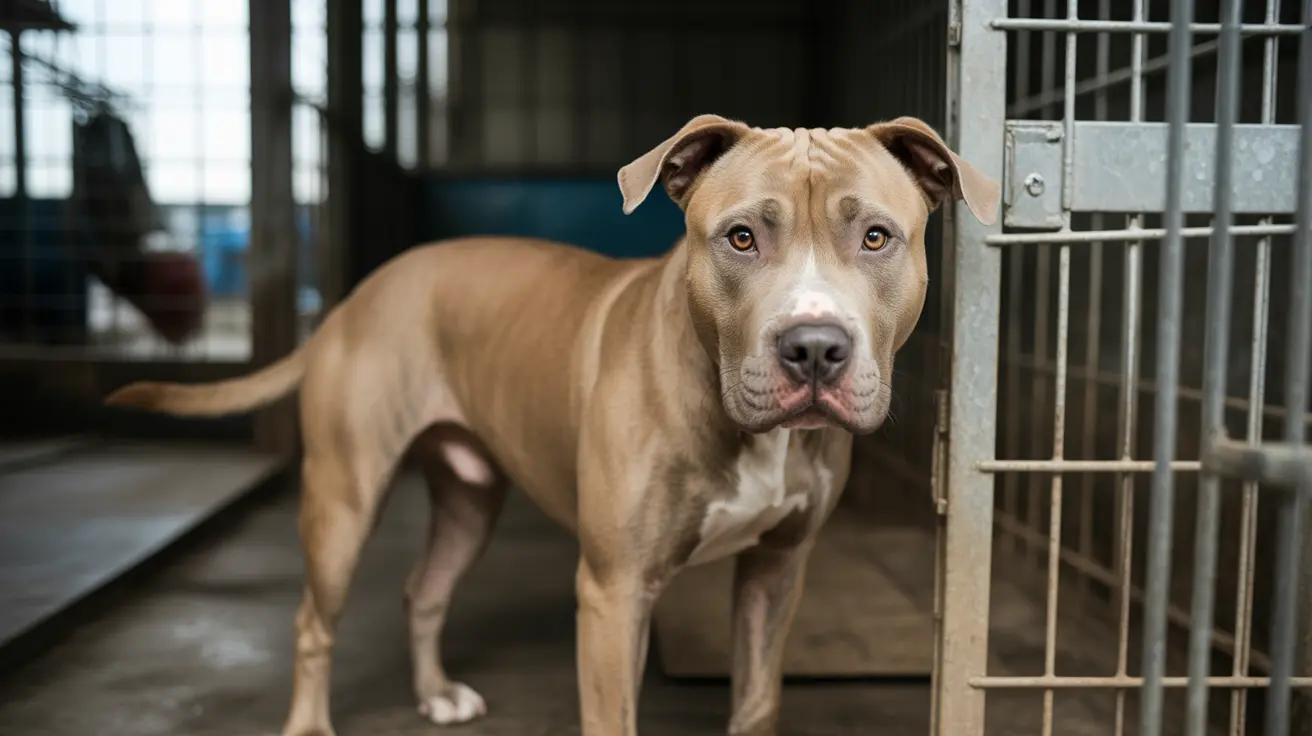If you've noticed your dog seems more independent or distant than other pets, you might be wondering about the aloof dog meaning and whether this behavior is normal. The good news is that aloofness in dogs is often a natural personality trait rather than a cause for concern.
Just like humans, dogs have diverse personalities. Some are social butterflies, while others prefer their own company and maintain a more reserved demeanor. Understanding what it means to have an aloof dog can help you better appreciate their unique character and ensure you're providing the right kind of care and attention.
Defining Aloof Dog Behavior
An aloof dog typically displays independent, reserved behavior characterized by selective interaction with people and other animals. These dogs often appear self-sufficient and may not actively seek attention or affection in the way many people expect from their canine companions.
Key characteristics of aloof dogs include:
- Maintaining physical distance from unfamiliar people or animals
- Showing little interest in meeting new dogs at the park
- Preferring to explore independently rather than engage in group activities
- Being selective about when and with whom they interact
- Displaying calm indifference rather than excitement when meeting others
Natural vs. Learned Aloofness
Some dogs are naturally aloof due to their genetic makeup and breed characteristics. Many working breeds, particularly those developed for independent tasks like livestock guarding or hunting, tend to show more reserved personalities. This includes breeds such as:
- Chow Chows
- Siberian Huskies
- Afghan Hounds
- Anatolian Shepherds
- Great Pyrenees
Other dogs may develop aloof tendencies due to environmental factors or past experiences. This can include limited early socialization or previous negative encounters. However, it's important to note that learned aloofness isn't necessarily problematic if the dog is otherwise well-adjusted and happy.
Living with an Aloof Dog
Having an aloof dog requires understanding and adaptation. These independent personalities often make wonderful pets for owners who appreciate their self-sufficient nature. Here are some tips for successfully living with an aloof dog:
- Respect their personal space and boundaries
- Allow them to initiate interaction on their terms
- Provide plenty of mental stimulation through independent activities
- Create a consistent routine that makes them feel secure
- Celebrate their subtle ways of showing affection
Training and Socialization Approaches
Training an aloof dog requires patience and understanding. Focus on positive reinforcement techniques while respecting their natural tendencies. Avoid forcing social interactions or physical contact, as this may cause them to withdraw further.
Successful training strategies include:
- Using high-value rewards to motivate engagement
- Keeping training sessions short and positive
- Gradually introducing new experiences at their pace
- Providing options to retreat when they feel overwhelmed
- Building confidence through achievable challenges
Frequently Asked Questions
What does it mean when a dog is described as aloof, and how does that affect their behavior?
An aloof dog typically maintains emotional and physical distance, preferring independence over constant interaction. This affects their behavior by making them more selective about social interactions and less likely to seek attention or physical affection from others.
How can I tell if my dog is aloof versus fearful or anxious around strangers?
Aloof dogs display calm indifference rather than fear-based responses. While they may choose not to interact, they don't show signs of anxiety such as trembling, hiding, or aggressive behavior. They simply remain composed and uninterested in engagement.
Which dog breeds are known for having aloof or independent personalities?
Several breeds are naturally more aloof, including Chow Chows, Afghan Hounds, Siberian Huskies, Anatolian Shepherds, and Great Pyrenees. These breeds were often developed for independent work, contributing to their reserved nature.
How should I approach and interact with an aloof dog to build trust without overwhelming them?
Respect their space, avoid forcing interaction, and let them approach you on their terms. Use positive reinforcement when they do choose to engage, and maintain consistent, predictable behavior to help build trust over time.
Can aloof dogs form strong bonds with their owners even if they seem reserved or distant?
Yes, aloof dogs can form deep, meaningful bonds with their owners. While they may not show affection in traditional ways, they often develop strong loyalty and attachment to their family members, expressing their connection through subtle behaviors and selective interaction.
Conclusion
Understanding the aloof dog meaning helps owners appreciate their pet's unique personality while providing appropriate care and attention. Remember that aloofness is often a natural trait rather than a flaw, and these independent dogs can make wonderful companions for the right owners who respect and value their distinctive character.






